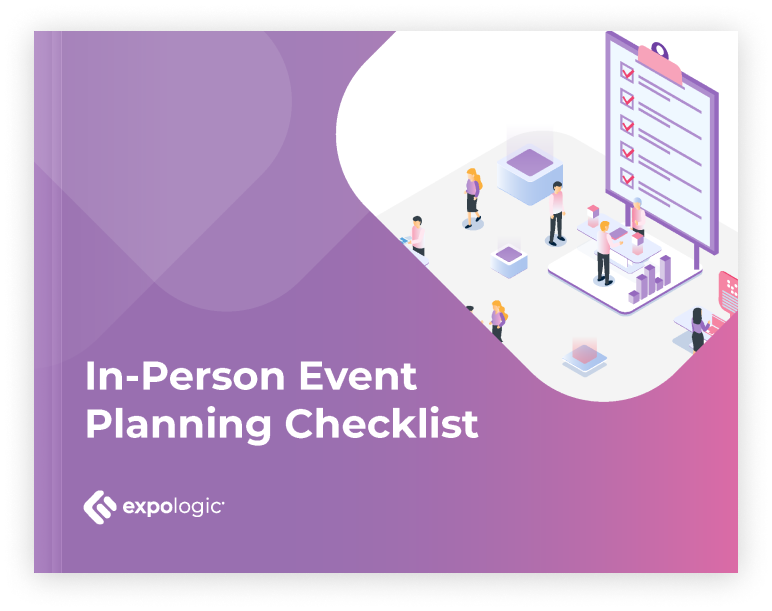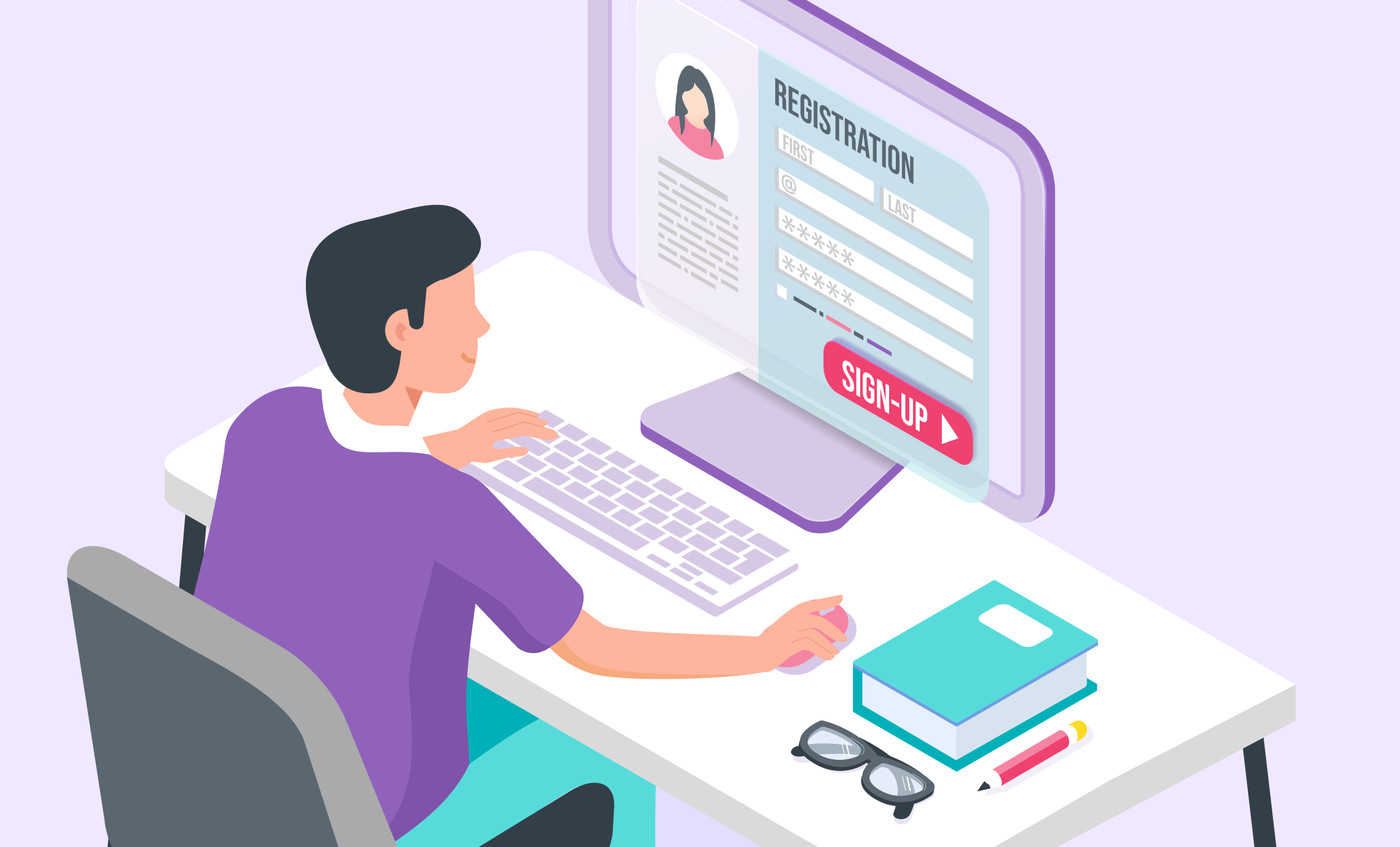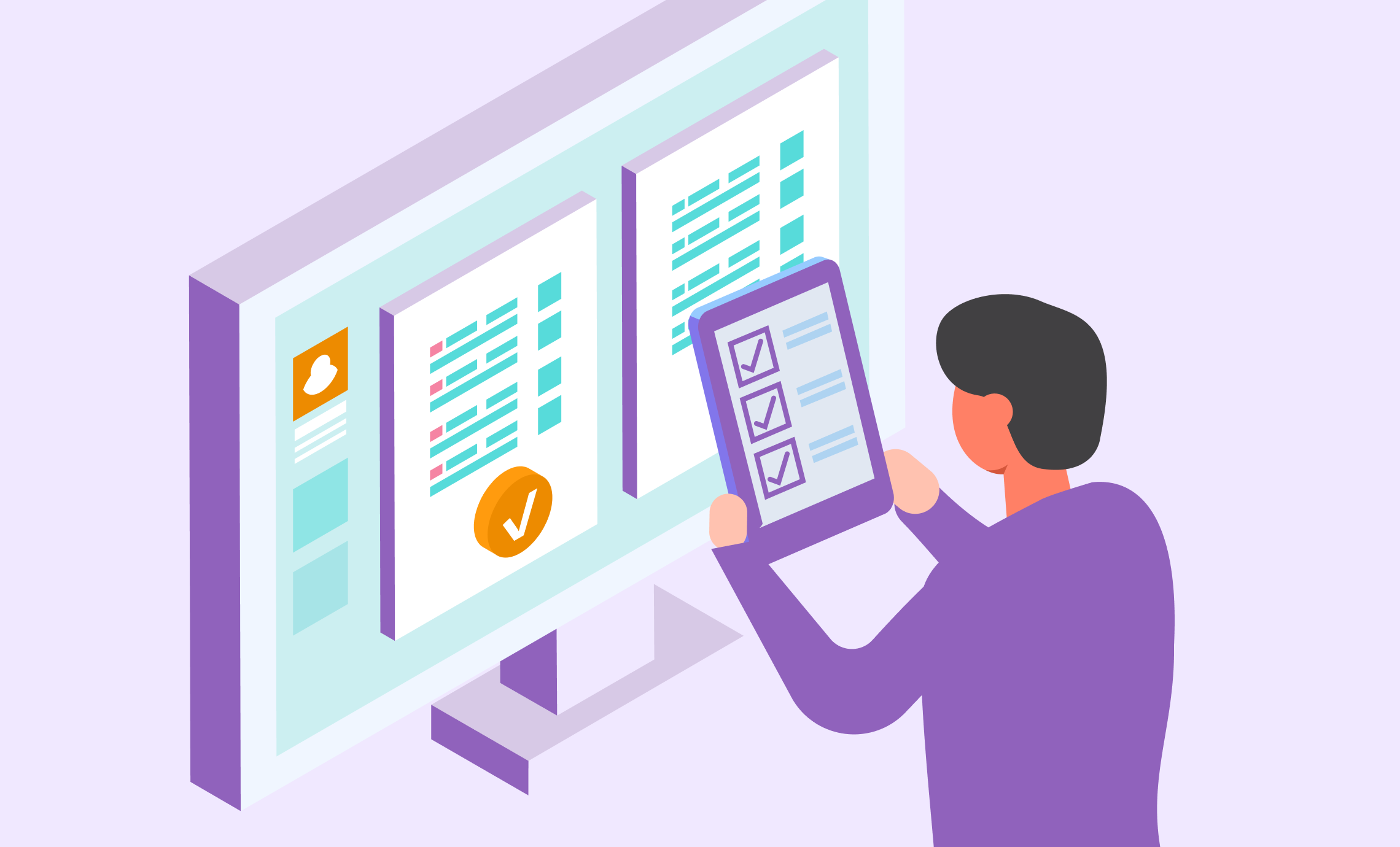An event floor plan should be more than just a space to gather, and it isn’t just decorative. Representing a perfect marriage of form and function, an event floor plan needs to look appealing while also being accessible and easy to navigate. When you design your floor plan to support attendee convenience, you can also maximize sponsor exposure.
To strike the right balance, check out our proven strategies and share with us on social media what’s working. We’d also love to hear about your insider pro tips!
From the Ground Up: Design Strategies for Your Event Floor Plan
Whether you are new or seasoned, all event planners should be well-versed in proven strategies for designing an ideal event floor plan. We’ll run through each in detail, starting with those that might seem obvious but worth repeating, especially for the newbies.
1. Walk the walk
Whenever possible you should physically visit the venue and walk the walk of your prospective attendees. Although your space will not be laid out to your specifications yet, you should be able to envision potential high-traffic scenarios like registration and badge printing. Pro-tip: Utilize contactless check-in to eliminate event gridlock before it can form.
2. Distance requires digital eyes
Turn to digital if an in-person event space preview is not available. Rather than assume configurations or dream up non-existent details, request your event space layout in digital format. Depending on the venue, you might be able to access 3D imaging that will allow you a virtual tour-style walkthrough. As the saying goes, “The devil’s in the details.” This is especially true when it comes to digital viewing and planning, so ask for as many details in the virtual layout as available to prepare for unknown obstacles like the availability of critical supports like electrical outlets plus any architectural realities that could compromise AV capabilities.
3. Be precise about your purpose
When evaluating an event space and creating your floor plan, you need to be crystal clear about the event’s purpose and what you hope to accomplish by hosting it. Pretend you’re an attendee and answer the following:
- This event will benefit me because [fill in the blank].
- I’m so glad I attended because [fill in the blank].
- I cannot wait to share details about [fill in the blank] on social media and with my peers.
- I hope they do this again next year because [fill in the blank].
Ideally, those blanks are filled with nothing but positive feedback and over-the-top accolades, but ultimately that depends on your event floor plan. Pay close attention to how the floor plan serves the attendees from an experiential standpoint and the sponsors from a marketing standpoint. You want to ensure that your design delivers maximum brand exposure for those companies supporting the event. Once again, it’s a matter of form and function.
Creating an eye-catching and welcoming environment is one thing; ensuring that it supports target behaviors from attendees and participants is pro-level. Contactless event management solutions enhance the environment and experiences by providing non-intrusive support for attendees.
4. Channel your inner Santa Clause
Harness your Santa strategy: You’re making a list of attendees and should check it (more than) twice. Confirm numbers early and often to avoid any numbers-related issues during the actual event.
Why is headcount crucial for a successful event floor plan? The number of people in attendance will impact practical issues such as how much space is available between exhibits and what size and shape of furniture can be added? No one wants to run out of refreshments, so you’ll need to know the attendee count for that too. And be sure to count your giveaways. A memento or favor for attendees to take home is always a nice touch, and you’ll need ample time to order the right amount (always order a few extras, just in case) and have them delivered or shipped well ahead of the event.
5. Set your sights and clear the way
Were you ever disappointed by a seat with a blocked view of the event stage? Trying to crane your neck around a pole or structural support just to catch a glimpse of a highly anticipated speaker detracts from the entire event experience. Depending on the type of event, attendees might need an unobstructed view of the presentation on screens or whiteboards. Consider your attendees’ sightlines from every possible angle and adjust the seats, podiums, and presentation equipment accordingly.
6. Make navigation a game
Challenge yourself to maneuver between booths, tables, stages, seating, and any other high-traffic areas that can potentially clog with attendees. Consider what networking looks like: People often huddle together in small groups, moving from one spot to another as they enjoy the event.
To test the space, create little scenarios for yourself as an attendee and see how easy it is to navigate. For instance, pretend you’re walking between booths when you realize you forgot your phone in the auditorium. Go back, retrieve it, and attempt to stop at the restroom. Now complicate this scenario by imagining a well-attended event, with plenty of attendees within arm’s length. How accessible is the event? How does it feel to move around it?
Try to isolate any areas where attendees might feel crowded and redesign the layout to alleviate those possibilities.
7. Always accommodate the ADA
Event venues must comply with specific accessibility requirements as per The American Disability Act (ADA) to provide goods, services, and programs to people with disabilities on an equal basis with the general public. (There are rare exemptions such as landmarks or historical structures.)
Review the complete ADA Checklist for Existing Facilities with venue managers to double-check that every aspect of the event will pass ADA standards. Communicate all ADA-related matters with attendees well ahead to nurture their expectations for a supportive experience hosted in a safe and inclusive space.
8. Be careful with catering
Progress in modern medicine has created more awareness around food allergies and dietary restrictions, and your menu and refreshments must offer options to accommodate these restrictions and special requests. Current research shows that 10.8% of American adults — that’s 26 million people — have food allergies. Statistically, you can be certain some of your attendees will need food safety accommodations.
Some of the most common food allergens for adults are milk, egg, peanut, soy, wheat, tree nuts, shellfish, finned fish, and sesame. You’ll want to partner with catering companies with a proven record of providing meals and refreshments that are safe for anyone with food allergies. As for dietary restrictions, more than 4 in 10 Americans have restricted some aspect of their diet. For example, Statista’s American Diets 2021 study shows that 10% of respondents are lactose-free, 9% are gluten-free, 5% are vegetarian, and 3% are vegan. All of these diets, whether by restriction or preference, need to be adequately represented in your event’s menu.
9. Consider color with great care
The colors associated with an event come with connotations you may or may not be aware of. Choosing the right colors to create an ideal environment or atmosphere takes more than an eye for aesthetics. Did you know there is a psychology of color when it comes to events? Even within that guide, each color can have more than one meaning. It would be best to recognize these meanings before selecting a shade from the larger spectrum. For instance, pink signals compassion, understanding, and empathy; corporate events that lean too heavily on this color can unwittingly appear immature or powerless. Whenever possible, strategize with your sponsors about how they can integrate their brands with the event’s aesthetics.
10. Enlist the strategic support of event layout software
At Expo Logic, we want your floorplan management to be foolproof, which is why we created the tools you need to ensure a successful event. Our platform makes it easy to plan your event and manage its logistics — before, during, and even after the event. And our contactless options will lend your event a cutting-edge sophistication and provide your attendees with a level of convenience they have never experienced at an event.



